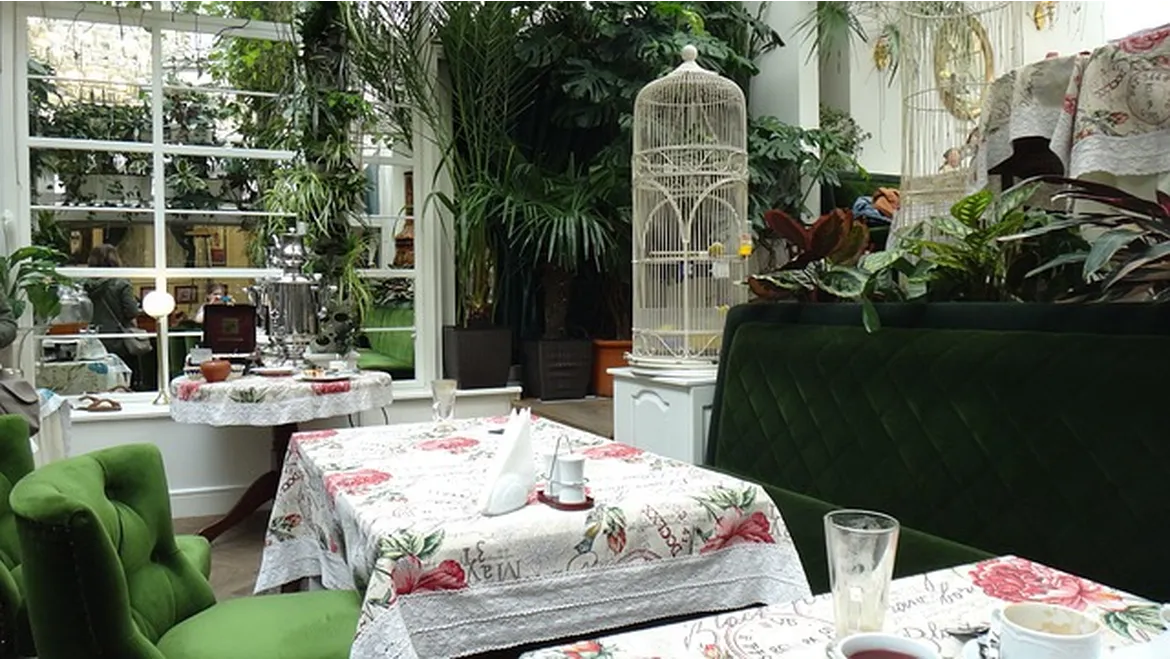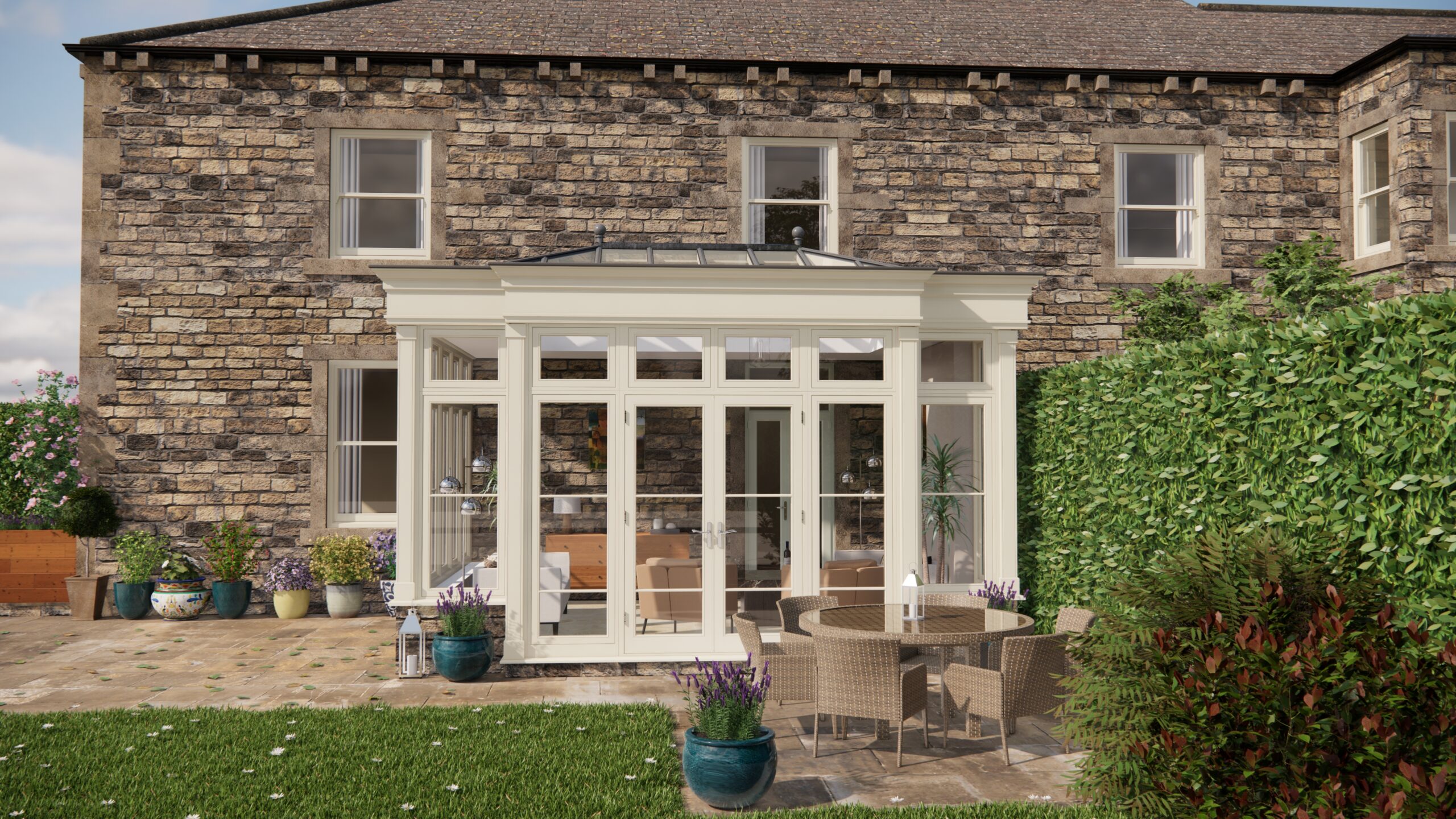The other day, I had a delightful conversation with my neighbour Sarah about her recent venture into transforming her orangery with indoor plants. Now, Sarah is one of those people who can make anything grow; her home is a veritable Eden. So, when she started talking about her orangery, my curiosity was piqued. Over a cup of tea, we dove into her journey of incorporating nature indoors, and I thought I’d share some of her insights for those looking to do the same.
Choosing the Perfect Plants
Sarah began by stressing the importance of selecting the right plants for the orangery. She explained that the light levels, temperature, and humidity of the space all play crucial roles in determining which plants will thrive.
“Orangeries usually have plenty of light,” Sarah said, “so you’re in luck if you’re fond of sun-loving plants.” She recommended starting with a few hardy favourites like succulents and cacti, which are both low-maintenance and forgiving for beginners. For those wanting a bit more greenery, Sarah suggested ferns and philodendrons, which enjoy the indirect sunlight typically found in an orangery.
But Sarah didn’t stop there. She also experimented with some citrus plants, which seemed fitting given the historical use of orangeries. “There’s nothing like the scent of a blossoming citrus tree,” she laughed, “and they seem to love the environment provided they get enough warmth and light.”
Placement and Arrangement
Next, we talked about how she decided where to place her plants. According to Sarah, this step is just as important as choosing the right species. She advised me to consider both aesthetic appeal and practical needs.
“I like to create layers,” she explained. “Tall plants in the corners, cascading vines on shelves, and smaller pots on coffee tables and window sills.” This approach not only maximises the space but also creates a lush, inviting atmosphere.
Sarah also mentioned the importance of rotating plants. “You don’t want one side of your plant getting all the sun and the other staying in the shade,” she noted. “A little rotation every couple of weeks keeps them growing evenly.”
Care and Maintenance
Of course, keeping plants alive and thriving is another story. Sarah was quick to dispel the myth that indoor plants are a set-and-forget kind of deal.
“Each plant has its own needs,” she said. “The key is to get to know them.” She advised monitoring soil moisture levels regularly. “Overwatering is a common mistake. Most plants prefer to dry out a bit between waterings.”
Sarah also introduced me to the idea of misting, especially for tropical plants that crave humidity. “A little misting in the morning can work wonders,” she said. “And don’t forget to wipe down those leaves now and then, keeps them dust-free and healthy.”
Creating a Cohesive Atmosphere
Finally, Sarah shared her thoughts on the overall look and feel of her orangery. She emphasised incorporating elements that complement the plants and enhance the natural vibe of the space.
“I love using natural materials,” she said. “Wicker furniture, bamboo blinds, and stone pots all add to the organic feel.” She also suggested adding a water feature, like a small indoor fountain. “The sound of trickling water is so calming, and it pairs beautifully with the greenery.”
Sarah’s orangery isn’t just a collection of plants; it’s a sanctuary. She pointed out the importance of personal touches—things like artwork, comfortable seating, and even seasonal decorations. “It’s your space,” she smiled, “so make it somewhere you love to spend time.”
Bringing It All Together
Chatting with Sarah was truly inspiring. Her passion for creating a green retreat in her home was contagious, and her practical advice made it seem achievable for anyone. By choosing the right plants, carefully considering their placement, and committing to regular care, she transformed her orangery into a vibrant, serene haven.
If you’re thinking about breathing some new life into your orangery or any indoor space, take a leaf out of Sarah’s book. Remember that an orangery is not just a room, but a place where nature and comfort meet. With a little patience and creativity, you too can cultivate a lush oasis that reflects your personal style and brings joy to your everyday life.


